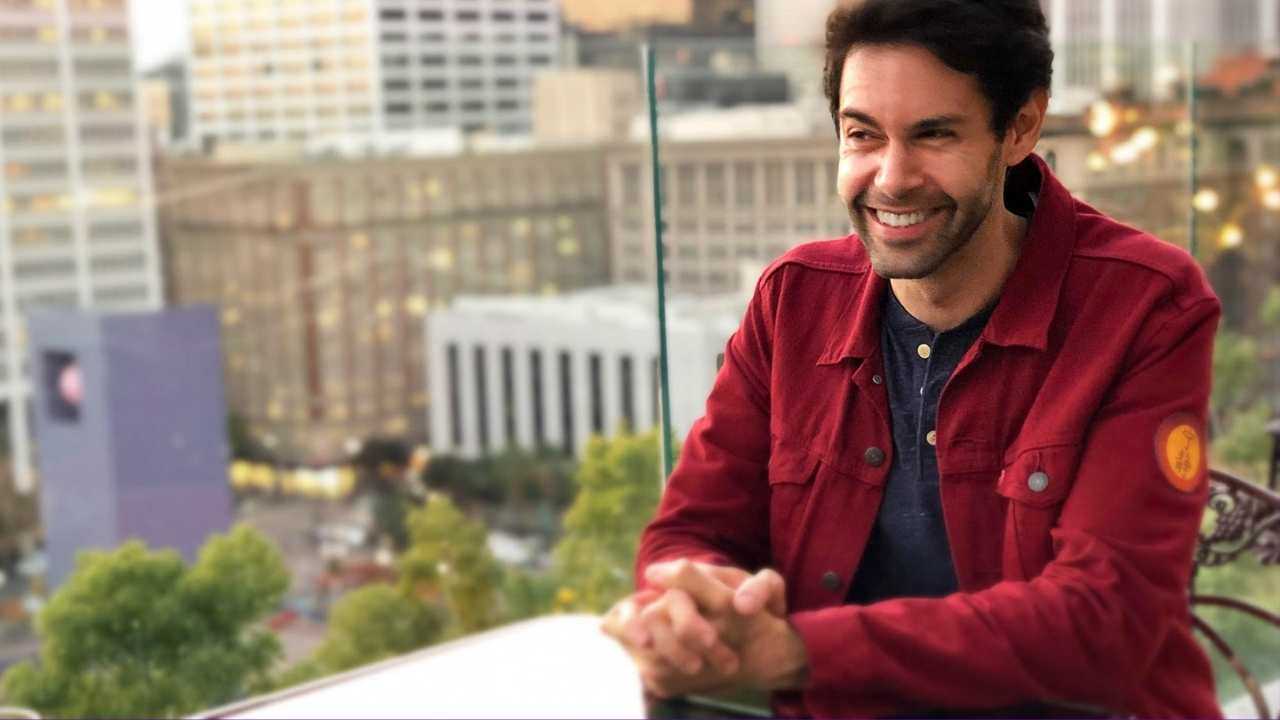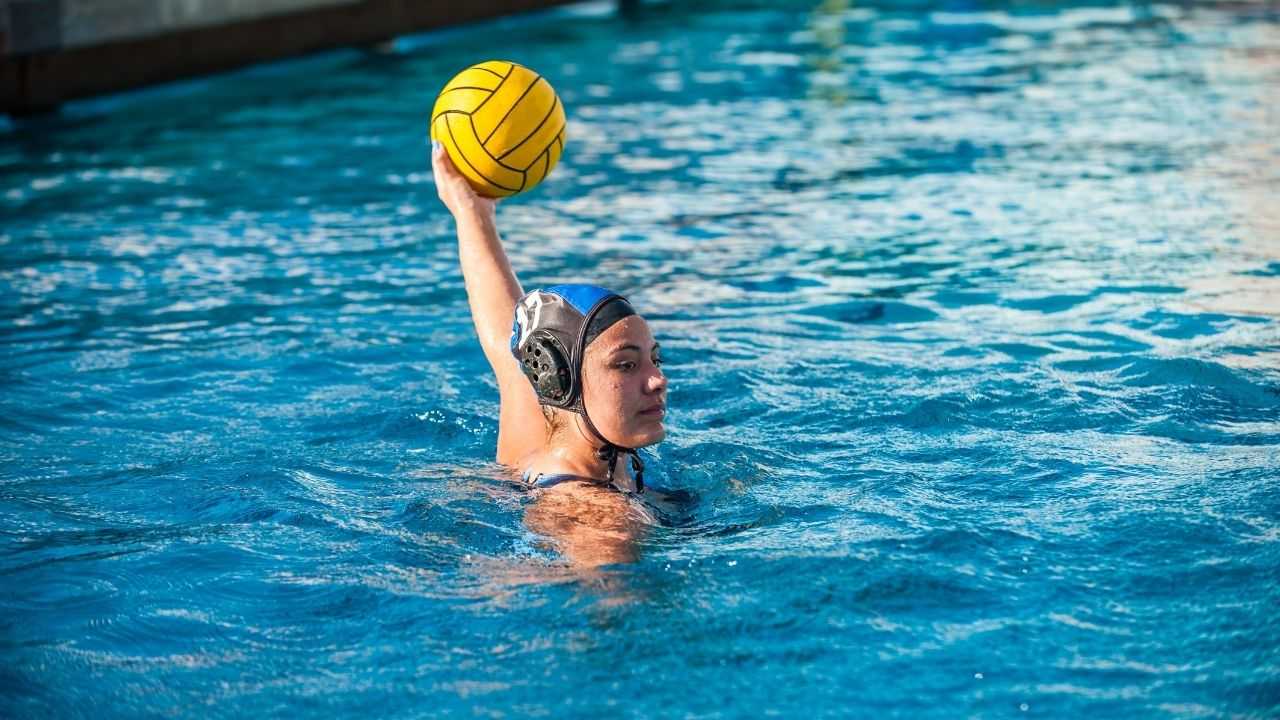What Does It Mean to Be a Double-Goal Coach?
And you thought you were just teaching kids to play sports.
Sarah Lindenfeld Hall
| 5 min read

Positive Coaching Alliance
When one of his players makes a mistake on the field, Omar Cervantes’ first inclination isn’t to criticize. “It’s always verbalizing that it’s OK and that this is going to happen,” he says. “It’s done and move on.”
And to head off complaints about officials making bad calls, he coaches the kids he trains to focus on what they can control. If they disagree with the referee, his expectation is that they won’t get caught up in the moment but strategize the next play.
Cervantes, director of fútbol for the Sheriffs Fútbol Club in San Lorenzo, California, says his method of coaching is cultivated through years of working with soccer players and, about a decade ago, double-goal coach training through the Positive Coaching Alliance. In 2019, he was the association’s Double-Goal Coach National Award Winner.
The double-goal coach, as the term implies, has two goals. Winning comes first. But the second — and more important — goal is instilling lessons of teamwork, perseverance, sportsmanship, empathy, work ethic and other critical life skills through what happens on the field.
“It’s not about just getting the results,” Cervantes says. It’s also What are your kids learning? and How can they apply that to the rest of their life?
Three guiding principles
Not long ago, only families and coaches knew the team standings in the local soccer league and youth sports was a mostly volunteer-run operation. But money and visibility in youth sports today make the double-goal coaching method more important than ever, says Ruben Nieves, the Positive Coaching Alliance’s national director of training. Today, youth sports is a multi-billion dollar industry. In some states, 8-year-olds can check their team’s state rankings online. And certain parents pay thousands for their kids to play each year.
“Therefore, winning does become more important than it should be at an 8 and under basketball game and a high school coach does feel more pressure to have their kids perform well in front of the community and principal,” Nieves says.
To ensure winning isn’t the only goal, double-goal coaches fall back on these three guiding principles that drive the decisions they make and how they interact with their players.
The ELM Tree of Mastery
Double-goal coaches follow the ELM Tree of Mastery, an acronym that stands for effort, learning and mistakes. Like Cervantes, they embrace mistakes and focus on how much effort their players display and how much they learn and grow in the sport over simple results.
“Winning doesn’t tell the whole story,” says Nieves, a former collegiate volleyball coach. “Their team could lose, but they gave it all they had, they learned and improved, they managed and bounced back from their mistakes, they played in an honorable way that makes all of us proud to be part of this team. … That’s success for a double-goal coach.”
Filling emotional tanks
Just like the gas tank of a car, people have emotional tanks that need a fill up sometimes. Double-goal coaches fill up their players’ emotional tanks when they spend time with them — and connect. Coaches don’t motivate through “fear, intimidation or shame,” according to PCA. And for each constructive correction, coaches are encouraged to offer five specific, truthful praises.
“It makes no sense for a coach to be yelling, screaming and berating a child for making a mistake when the goal is to help them learn and perform better,” Nieves says. “You’re making it harder for that athlete to perform and learn.”
Honoring the game
Sportsmanship is key, but honoring the game goes beyond fair play, Nieves says. Double-goal coaches respect ROOTS, another acronym that stands for rules, opponents, officials, teammates and self. That means coaches don’t cheat, trash talk opponents or disrespect officials. They lift each player up, regardless of their ability, and practice what they preach.
Double-goal coaching goes both ways
For Cervantes, the principles of double-goal coaching have come in handy, especially as he coaches his own 11-year-old daughter. To avoid appearances of favoritism, he says he sometimes comes down a little hard on her. The 5-to-1 ratio of praises to corrections is helpful as he ensures her emotional tank is full, too, he says.
After nearly two decades of coaching, Cervantes can also see the big picture — how much impact he has had on his players’ lives. Former players have mentioned his advice in college essays. Others have followed in his footsteps and become coaches themselves.
In a youth sports culture obsessed with winning, Cervantes acknowledges that it can be difficult for some to apply the values of double-goal coaching. Coaches just need to take the long view.
“You have to sit back and remember, ultimately, the reason that you’re coaching,” Cervantes says. “If it is to collect these medals and trophies and banners, then I think there’s a different place for you. I don’t think that belongs in the youth sports world.”
Related articles
The Science of Winning (It’s Not What You Think)




